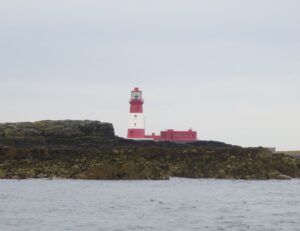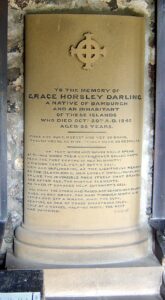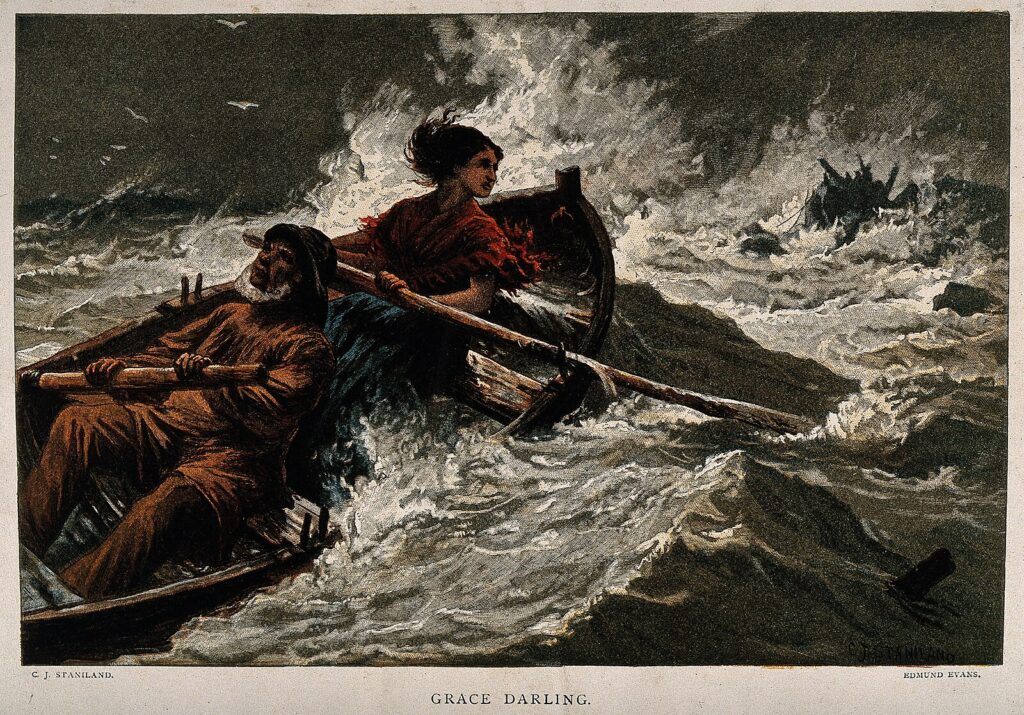Join the Weather Lovers Community at Skool
The Grace Darling storm – it’s the storm that immortalised a young woman and her father as national heroes, and it’s forever tied to the wild seas off the Northumberland coast. The actual storm doesn’t always get as much attention as the act of heroism itself, but it was a ferocious one – typical of the savage gales that can lash the North Sea, especially around the exposed Farne Islands.
The date to remember here is 7th September 1838.
That morning, the paddle steamer Forfarshire was battling its way north from Hull to Dundee with about 60 people aboard. She’d already had engine trouble shortly after leaving port and was attempting to continue the journey using sail power. Not the best plan in deteriorating weather, but in the 1830’s with a contract to fulfil, it wasn’t really a choice.
As the storm worsened, the Forfarshire found herself in serious trouble. The sea state became lethal – with strong gale-force winds from the north and northeast onto the coast, cold rain driving horizontally, and waves smashing across the bows. This wasn’t just a rough crossing – it was a full-on North Sea tempest, the kind that has sunk many a sturdy vessel in it’s time. The wrecks in the North Sea are testament to that.
In the early hours of that Friday morning, around 4:00 AM, the Forfarshire struck the Big Harcar Rock, part of the Farne Islands group. She broke in two. The stern section was quickly swallowed by the sea, taking with it most of the crew. The bow remained stuck on the rock, with a small number of survivors clinging to it for dear life.
 This is where Grace Darling and her father, William, enter the story. They were lighthouse keepers at Longstone Lighthouse, about half a mile from where the ship struck the rock. Grace, only 22 at the time, spotted the wreckage through her spyglass in the dim morning light and noticed signs of life.
This is where Grace Darling and her father, William, enter the story. They were lighthouse keepers at Longstone Lighthouse, about half a mile from where the ship struck the rock. Grace, only 22 at the time, spotted the wreckage through her spyglass in the dim morning light and noticed signs of life.
Now, no one in their right mind would’ve set out in a small, open rowing boat in those conditions. The seas were still boiling, visibility was poor, and the wind was shrieking. But Grace insisted they try. She and her father launched their coble – a traditional Northumberland fishing boat – and rowed through monstrous waves for over a mile to reach the survivors. That part often gets glossed over, but rowing in those conditions? That’s superhuman stuff. It almost makes you doubt it was even possible.
Grace and her father managed to rescue five people on the first trip, and four more were picked up later with help from other rescuers. Grace held the boat steady next to the rocks while her father helped the survivors climb aboard. It wasn’t just the act itself – it was the calmness, the courage, and the sheer physical strength it took to manage that boat in such a state.
The storm itself had a long fetch from the northern North Sea, and some historical records suggest it may have been a left-over from a North Atlantic low that had pushed across the UK earlier in the week. Either way, by the 6th and 7th of September 1838, the Northumberland coast was being battered by gale-force winds, steep seas, and a hard, chilling rain. Not hurricane force, but probably something around a Force 9 or 10 on the Beaufort Scale. That stretch of coast is notorious for sudden storms and rough seas anyway, and in the 19th century, it was a graveyard for shipping.
 In the wake of the rescue, Grace Darling became something of a national hero. She was celebrated in the newspapers, painted in portraits, given awards and even royal recognition. The public adored her – not just for what she did, but for the quiet, unassuming way she did it. She never sought fame, and by all accounts was a modest, deeply kind person.
In the wake of the rescue, Grace Darling became something of a national hero. She was celebrated in the newspapers, painted in portraits, given awards and even royal recognition. The public adored her – not just for what she did, but for the quiet, unassuming way she did it. She never sought fame, and by all accounts was a modest, deeply kind person.
Sadly, she didn’t live long to enjoy that fame. Grace died just four years later, in October 1842, from tuberculosis. She was only 26.
Her grave is in Bamburgh, not far from where she lived. There’s a museum in her honour, and her story is still taught in schools today – a rare example of someone becoming famous for simply doing the right thing in a moment of crisis, not for chasing recognition.
So yes, the storm of 7th September 1838 was terrible. But it’s remembered less for the damage it did and more for what it revealed in one young woman – a mix of bravery, resolve and quiet strength that still resonates nearly two centuries later. She is an icon in the North East of England.
Have you ever visited Longstone Lighthouse or the Grace Darling Museum? They’re well worth a trip if you’re nearby.
The RNLI Grace Darling Museum (Bamburgh)
https://www.bamburgh.org.uk/visiting-bamburgh/grace-darling/
Join the Weather Lovers Community at Skool

